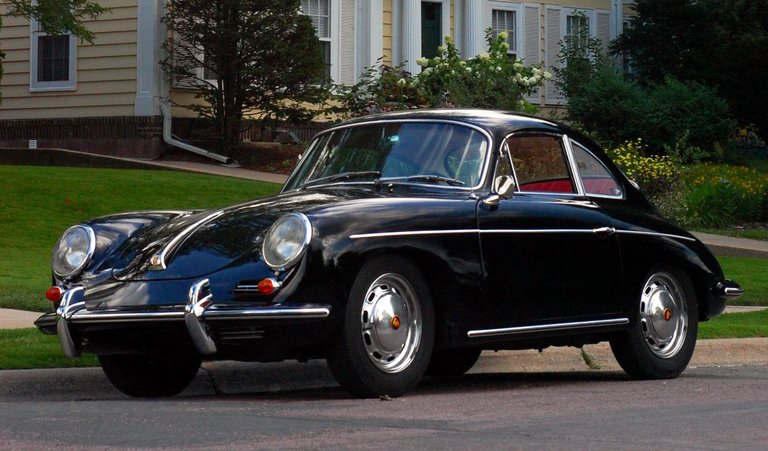
I came across a near-pristine Porsche 356 C in black on the street one day and took some photos. Looking into the history of the car was really interesting so I got inspired to write an article about it.
Ferdinand and Ferry
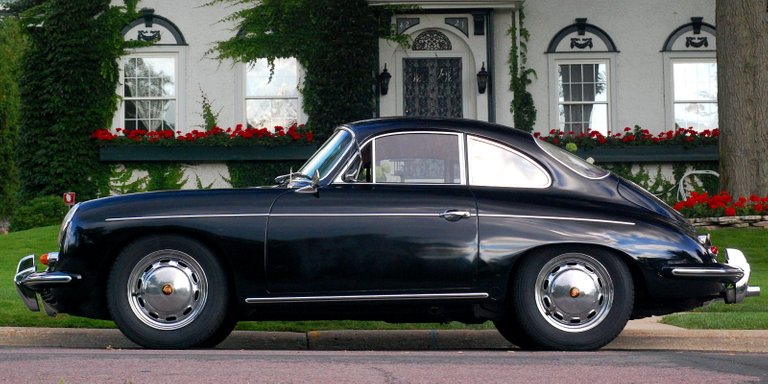
The creation of the Porsche 356 hailed the marque’s birth as a production car brand. It was the pinnacle of the collaboration of Ferdinand Porsche and his son, Ferdinand “Ferry” Porsche. In the 1930s and 40s, Ferdinand Porsche Sr. designed the Volkswagen Beetle as well as multiple heavy and super-heavy tanks for Nazi Germany. After the war, while Ferdinand was imprisoned as a war criminal in France, Ferry kept the family business alive long enough to begin designing the new sports car. Ferdinand was released from prison 22 months after his arrest and joined his son to build cars again.
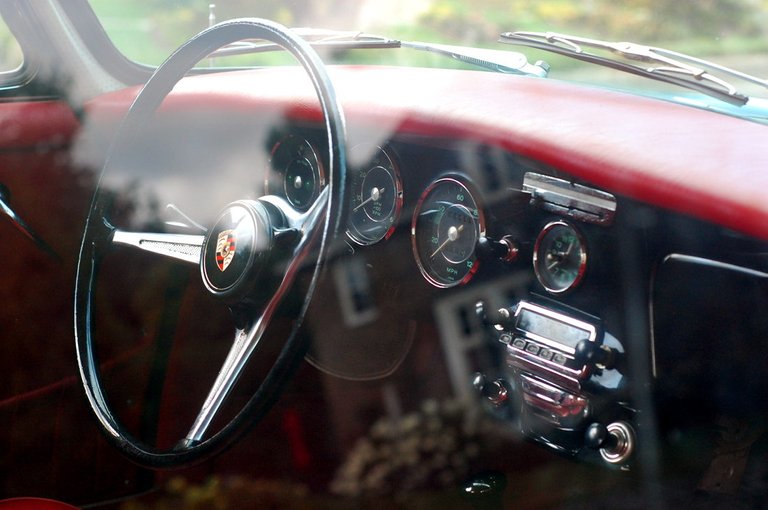
The First Porsches
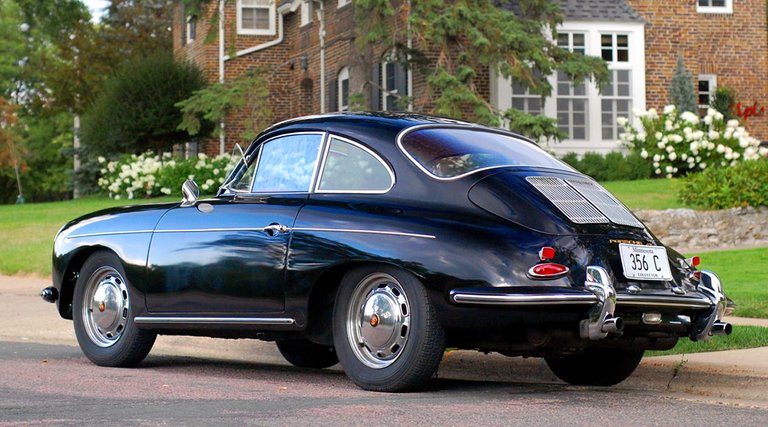
The first production 356s were built by hand in Gmünd, Austria, in a former saw mill. The cars were new designs with new chassis and bodies different from Volkswagens, but initially used the same air-cooled engine block. The other engine parts were ugpraded to double the horsepower output of the workhorse VW engine. After producing 49, the company managed to move back to its home of Stuttgart, Germany, which they left to avoid allied bombing during the war. By 1950, Porsche had reestablished their factory in Stuttgart and began serial production of their increasingly popular sports car. In late September 1950, Porsche owners from near and far honked their horns and flashed their lights in Stuttgart, to honor Ferdinand’s 75th birthday. In 1951 the car managed to win its class in the 24 Hours of Le Mans, significantly increasing its desirability.
Learn the ABCs
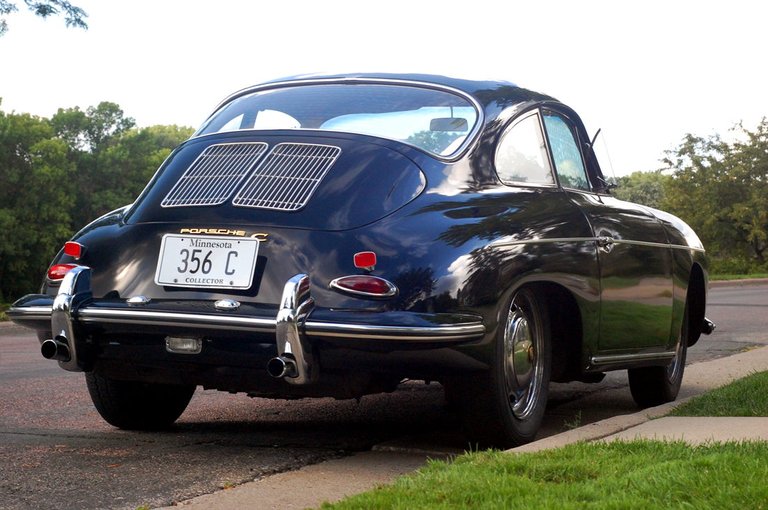
The 356 went through 4 iterations: the original 356 (1948-1955), A (1955-1959), B (1960-1963), and C (1964-1965). Through these revisions, engines (including the 4-cam Carrera engine), suspensions, and brakes were improved and upgraded. The body styles also underwent some revision. The B and C had options for a 2L Carrera engine. The final version, the 356 C pictured here, added disc brakes for all wheels. It also added the option for their strongest 1.6L engine, the 1600 SC, featured on the police models.
Legends
The legendary six-cylinder Porsche 911 was introduced in 1964 and borrowed much of its trademark design from the 356. Sales of the 356 C in America remained strong enough to continue production through 1965 and the final 10 type-Cs were made in 1966 for the Dutch police as cabriolet (convertible) models. Total production numbers ended at about 76,000 and around half survive today.
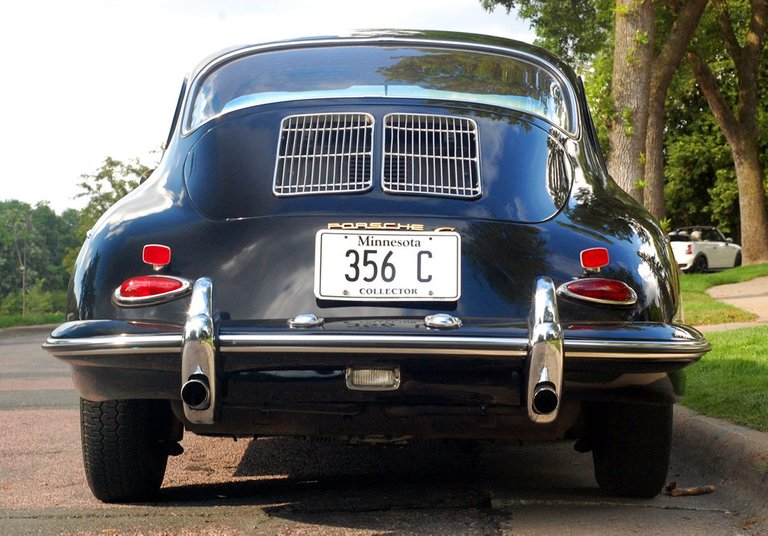
References:
- Wikipedia: Ferdinand Porsche, Porsche 356, Porsche 911, 1951 24 Hours of Le Mans
- Porsche Milestones
- Autoeclub Biography of Ferdinand Porsche
#pfunkblog
If you like this post, ↓ click ↓ my name below or here for my blog page and hit the 
Sweet car! And now for the million dollar question:
Is it pronounced "Porsh" or "Porsha"?
=P
uh oh.
Hello brother @discombobulated, I mentioned you in my last post, I hope you like it.
Looks like it's been protected from the Minnesota winters! It's not often you find such a nice specimen in that harsh climate.
Yeah it was a surprise. Reading wikipedia they don't hold up well in salted road parts, and I bet there's no way they take it out anywhere close to winter.
Nice photos that is one sweet ride! Wish I could afford it.
The real legend would a sustainable, solar-powered electric porsche. ;)
Stunning car. Great pics. Surprised the biggest engine was only 1600.
The biggest engines available were actually 2L Carrera engines on the B and C.
Ahhh. That makes sense :) Cheers
awesome post about cars :)
great story and even greater car. Well done
A real beauty, my preferred model is the 911 from 1969.